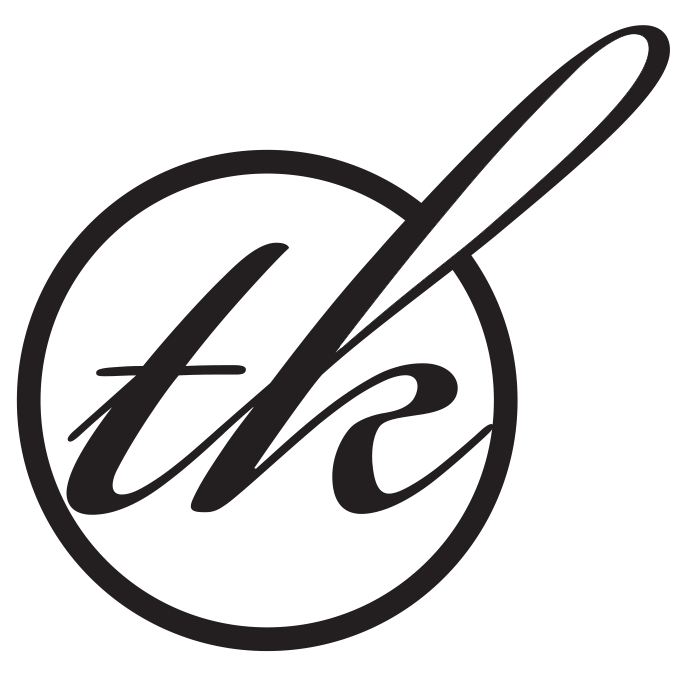Welcome to The Honey Pot, Stories From The Hive… June ‘21
Karen and John are members of my local bee club and are regular contributors to
the Clubs Monthly Newsletter. I was reading this article they had written about
Native Bees a few weeks ago and thought I’d share it with you.
During these cold winter months my bees are not quite as productive as in Spring
and Summer. I may not be harvesting honey at the moment, however, one thing is
for sure, I never stop learning about these fascinating, precious little insects.
Enjoy TK x
It’s not all Black and White in the Native Bee World!
There are over two thousand Australian Native Bee species, of all shapes and sizes,
that visit our gardens and wild flowers in Australia. These are our own unique Australian
native bees which have evolved alongside our wild flowers for millions of years.
Australian native bees can be black, yellow, red, metallic green or even black with blue
polka dots! They can be fat and furry, or sleek and shiny. Most Australian native bees are solitary insects which raise their young in burrows in the ground or in tiny hollows in timber. The smallest native bee you are likely to encounter is Cape York’s tiny Quasihesma bee. It is less than 2 mm long. Australia’s largest native bee is the Great Carpenter Bee found in the tropical north and down the eastern coastline into northern NSW. It can be up to 24 mm in length.
Nearly all of Australia’s native bee species are solitary. Solitary bees do not live in hives or have queens and workers. Instead in most species, each female bee mates with a male and then builds a nest for each of her eggs, similar to what birds do.
Blue banded bees, teddy bear bees and leaf cutter bees are all easily identified
examples of solitary bees. Solitary bees do not make or store any honey in their tiny holes.
Native bees are a vital part of Australia’s ecological system and also important
pollinators of Australia’s unique wild flowers. All of the solitary bee species can sting.
Most are not aggressive at all and are too small to deliver an effective sting. However, if one of the larger native bees is squashed it can be quite capable of delivering a decent sting! Please treat native bees with respect. Most stings are not as painful as other biting insects and usually only last a few minutes. But, they can sting more than once and it is possible to be allergic to the sting of a native bee.
Australia’s solitary bees do not store any honey in their little nests in banks and hollow twigs but they do collect and store very small quantities of nectar to feed their babies.
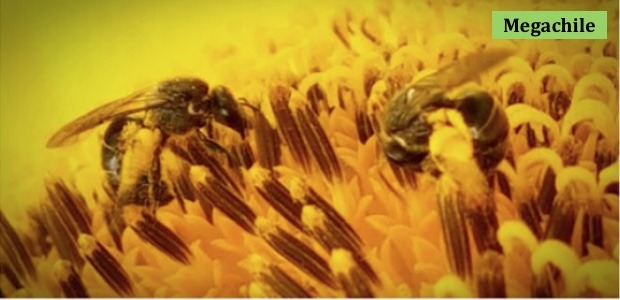
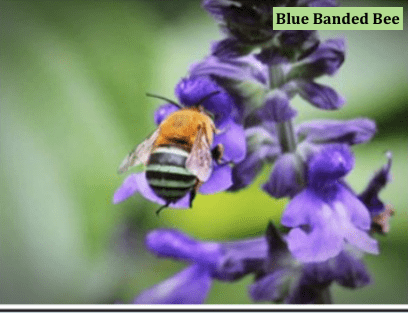
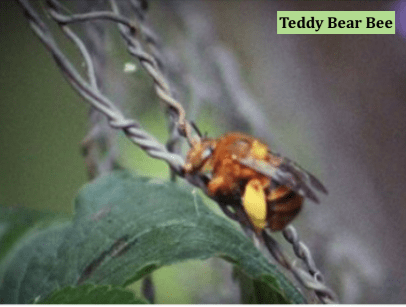
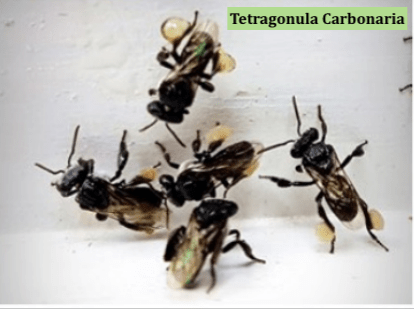
And now, a little about Karen and John Foggart…
This couple share a passion for Australian Native bees. They have quite a few hives
around Brisbane/ Gold Coast area across three native, social bee species – Tetragonula Carbonaria and Hockingsii and Australis. They got started with natives, when John gave Kara the original hive as a birthday present. After a year, they split it and like nearly everyone else, became really fascinated. In Kara’s words “Once you have 2 hives, it’s really hard to stop there. We’ve sampled a lot of hive types, a few bee species and love talking natives bees to whoever will listen!!” John also completed a Beekeeping beginner course in 2019 so, in addition to natives, they are now on a steep learning curve into the world of honey bees as well.
